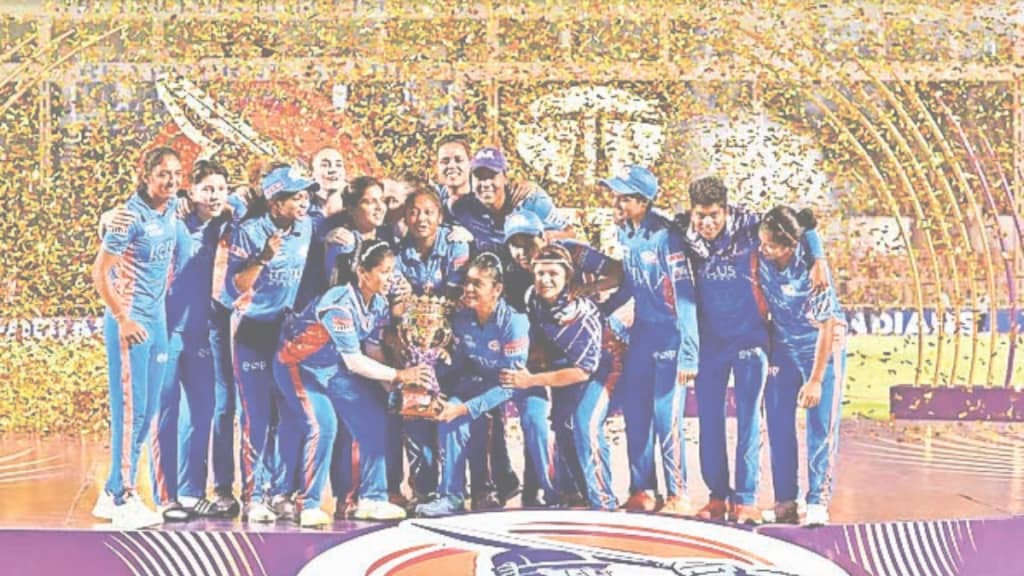By Siddharth Raman
The trajectory of women’s sports, particularly in cricket leagues like the Women’s Premier League (Tata WPL), is undeniably upward. The question on everyone’s lips though is whether 2025 will be the year when these leagues truly find their place under the sun, with their players earning as much, if not more, than their male counterparts.
While significant strides have been made, achieving parity remains a complex challenge. The WPL’s inaugural season was a resounding success, captivating audiences and showcasing the immense talent of female cricketers. However, the gap in earnings between male and female athletes persists, albeit narrowing.
Historically, male athletes have dominated the endorsement landscape. For instance, in 2022, the top-earning female athlete, Naomi Osaka, made $51.1 million, while the top-earning male athlete, Lionel Messi, raked in an astonishing $130 million. This disparity is a reflection of several factors, including the perception of marketability, the size of the fan base, and the overall commercial potential of men’s sports.
However, we do think the tide is turning. Brands are increasingly recognising the value of female athletes as powerful influencers and are investing in them. The rise of social media has empowered female athletes to connect directly with their fans, building strong personal brands and attracting lucrative sponsorship deals. In recent times, Paris 2024 became the first ever Olympic Games to achieve gender parity on the field of play. This was an important step and would serve well as a blueprint for future editions and inspire other major events and stakeholders, which in turn can impact earnings positively.
The growing popularity of women’s sports has also led to increased media coverage and broadcast rights deals, which translate into higher revenue for leagues and players.
Nevertheless, achieving true equality in pay and recognition will require a concerted effort from various stakeholders. Leagues, broadcasters, sponsors, and fans all have a role to play in creating a level-playing field for female athletes. By investing in women’s sports, promoting gender diversity, and challenging traditional norms, we can accelerate the progress towards a future where female athletes are celebrated and rewarded for their talent and achievements.
While 2025 may not be the year of complete parity in women’s sports, it represents a significant milestone in the journey towards equality. The Tata WPL and other women’s leagues are paving the way for a new era, where female athletes are not only celebrated for their athletic prowess but also for their commercial value. As the industry continues to evolve, we can be optimistic about the future of women’s sports and the potential for groundbreaking change.
The author is CEO, Sportz Interactive

